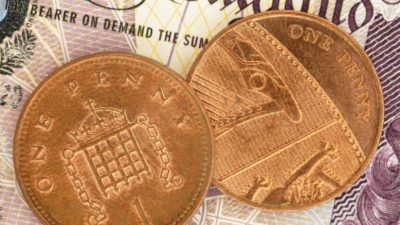Shares in British American Tobacco (LSE: BATS) have risen by 478% since April 2003, during which time the FTSE has gained just 72% — an outstanding record.
 Yet I can’t help feeling concerned that this is an investment that could soon go wrong: in 2002, British American sold 777bn cigarettes — last year, it sold just 676bn, 13% fewer. How much longer can the firm generate rising profits from falling sales?
Yet I can’t help feeling concerned that this is an investment that could soon go wrong: in 2002, British American sold 777bn cigarettes — last year, it sold just 676bn, 13% fewer. How much longer can the firm generate rising profits from falling sales?
I’ve been taking a look at some of British American’s key financial ratios to see if there are any warning signs investors should be worried about.
1. Interest cover
What we’re looking for here is a ratio of more than 2:1, to show that British American’s profits cover its interest payments with room to spare:
Profit from operations / net interest paid
£5,526m / £500m = 11.1 times cover
British American’s profits covered its interest payments 11 times last year, highlighting how much cash this business generates.
2. Gearing
Gearing is simply the ratio of debt to shareholder equity, or book value. I tend to use net debt, as companies often maintain large cash balances that can be used to reduce debt if necessary.
At the end of 2013, British American reported net debt of £9,590m and equity of £6,935m, giving net gearing of 138%.
Gearing of more than 100% is uncomfortably high, in my view, and in BAT’s case it isn’t necessary to fund the operation or growth of the business.
British American only has high debt levels because all of its profits are returned to shareholders as cash or through buybacks, rather than being used to repay debt. I’m not comfortable with this, as it leaves the firm exposed to rises in the future cost of borrowing which could put pressure on its earnings, dividends and share buyback programme.
3. Operating margin
British American Tobacco’s operating margin is deeply impressive — in 2013, the firm reported an operating margin of 36%.
This profitability resulted in the firm generating £3.5bn of free cash flow last year, and is the reason the firm can afford to maintain such high debt levels, along with a generous dividend and buyback policy.
Is BAT a safe buy?
Although I have reservations about BAT’s debt levels, the firm’s finances do seem to be in good health, and I don’t see any near-term problems for shareholders.






